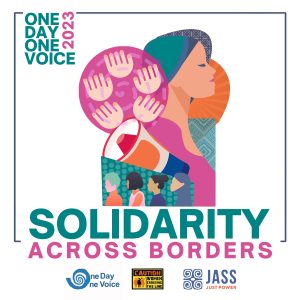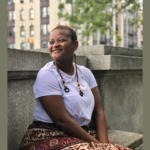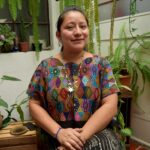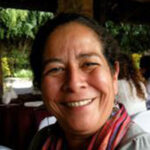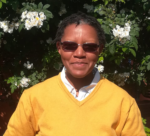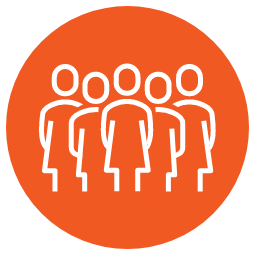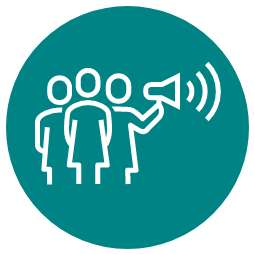INTERSECTIONALITY
IN DEPTH
1. Intersectional identities
How do you understand intersectionality in your own lives, activism, and visions of a just world? We asked five JASS team members to think about intersectionality.
The famous question posed by former slave and abolition activist, Sojourner Truth – ‘Ain’t I a woman?’ – reminds us to fight for justice for all women at the intersections of race, class, sexuality and gender.
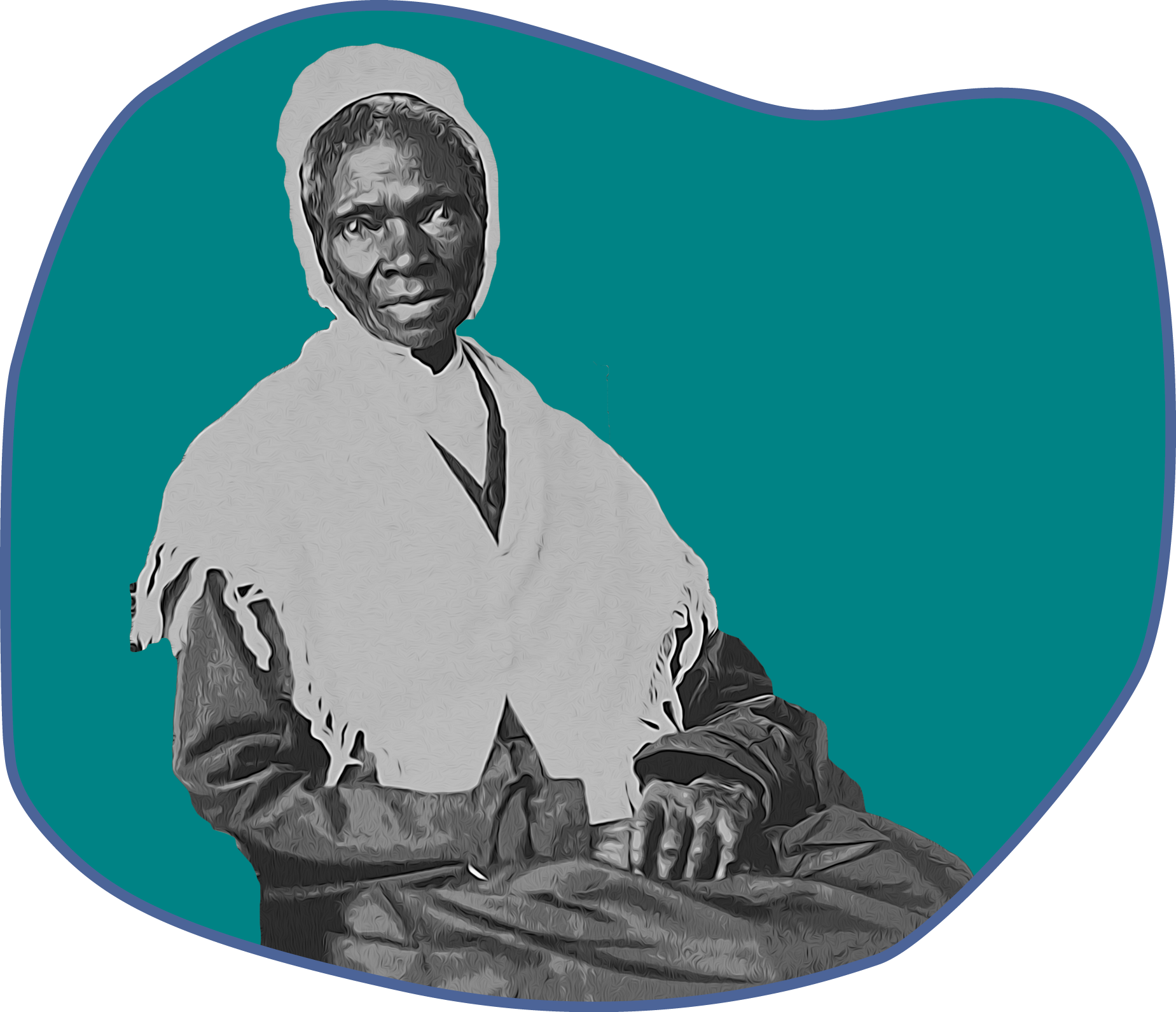
That man over there says that women need to be helped into carriages and lifted over ditches, and to have the best place everywhere. Nobody ever helps me into carriages, or over mud-puddles, or gives me any best place! And ain’t I a woman? Look at me! Look at my arm! I could have ploughed and planted, and gathered into barns, and no man could head me! And ain’t I a woman? I could work as much and eat as much as a man—when I could get it—and bear the lash as well! And ain’t I a woman? I have borne thirteen children, and seen them most all sold off to slavery, and when I cried out with my mother’s grief, none but Jesus heard me! And ain’t I a woman?
Sojourner Truth, from “Ain’t I a Woman?” speech delivered to the 1851 Women’s Convention in Akron, Ohio, USA
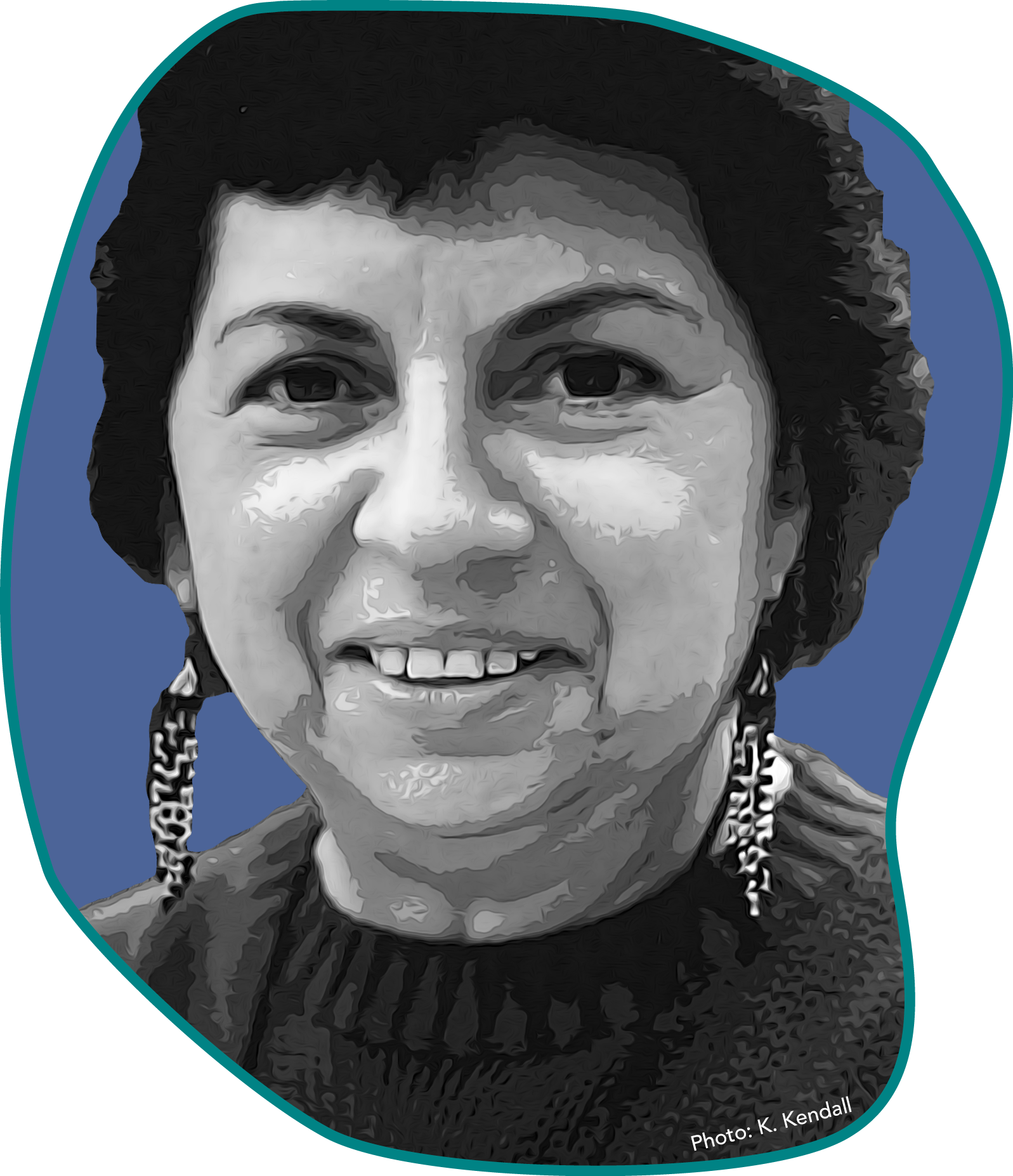
The struggle is inner: Chicano, indio, American Indian, mojado, mexicano, immigrant Latino, Anglo in power, working class Anglo, Black, Asian – our psyches resemble the bordertowns and are populated by the same people. The struggle has always been inner, and is played out in outer terrains. Awareness of our situation must come before inner changes, which in turn come before changes in society. Nothing happens in the ‘real’ world unless it first happens in the images in our heads.
Gloria Anzaldua: Borderlands/La Frontera
2. Intersectional systems
Our institutions – the family, the workplace and beyond – are shaped by the intersecting logics of systems such as patriarchy, capitalism, white supremacy and colonialism.
Intersectionality is the basis for collective liberation. By acknowledging the full complexity of ourselves and seeing and including others struggling for freedom and equality as part of our own struggle, we find the basis for a much larger alliance for change, and a more transformative, inclusive vision for change. And if we do not build that commitment to intersectional identity and struggle, we risk fighting for change that still preserves the conditions of someone else’s oppression.
JASS
3. Intersectional solutions
Our lived experiences of all of our identities form a rich base of knowledge from which to envision and lead change. As we support the leadership of women on the frontlines and build alliances, unity emerges when we:
● learn about each other’s histories and experiences
● build trust and genuine collaboration across difference
● address past and present patterns of exclusion, inequity and discrimination in our movements
● center the voices, ideas and solutions of those most excluded and silenced
● share leadership and power thoughtfully
● deepen our commitment and experiences of standing with each other
● imagine visions of freedom and justice which speak to everyone
JASS, Furia and Raising Voices: Intersectionality & Movement Building: The Zines
Potentially powerful alliances for social justice – from North–South coalitions to linkages between grassroots constituencies and global policy advocates – confront important questions connected to privilege and control. In some cases, unresolved tensions stymy progress, while other alliances manage to recognize and address differences within their ranks. For example, the food sovereignty movement is piecing together common ground among diverse groups: small-scale farmers, anti-hunger activists, peasant federations and middle-class consumers worried about health and food quality.
Power: Concepts for Revisioning Power for Justice, Equality and Peace, JASS Making Change Happen series 3
Solidarity is a practice. It’s not something we are or something we believe: it’s something we do. We can choose to stand with others to dismantle the political and economic institutions that harm them and us, or we can choose to look away.
Nicole Cardoza, Anti-Racism Daily
We can’t just say, ‘I’m in solidarity with you.’ Those are empty words unless we back it up with action.
Isabel Kang of LA’s Korean Resource Center

